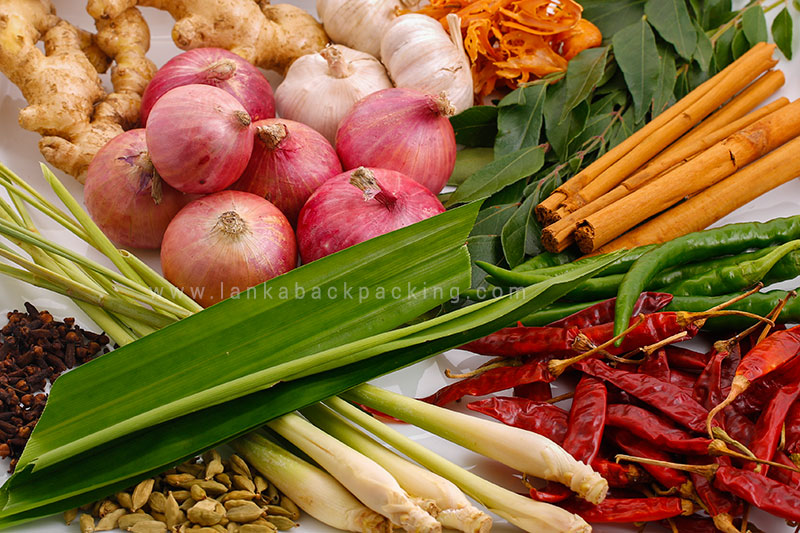
(Author)By: Dr.Binuka Rasanga
Traditional medicine doctor
Created: 14-01-2021
Panchakarma is one of the many treatments gifted by Ayurveda. The Sanskrit word of panchakarma means five-treatments. It is the most effective healing treatment in Ayurvedic medicine. It is regarded as the classic Indian Ayurvedic detox treatment. Normally the body can remove the waste materials, including the vitiated doshas.
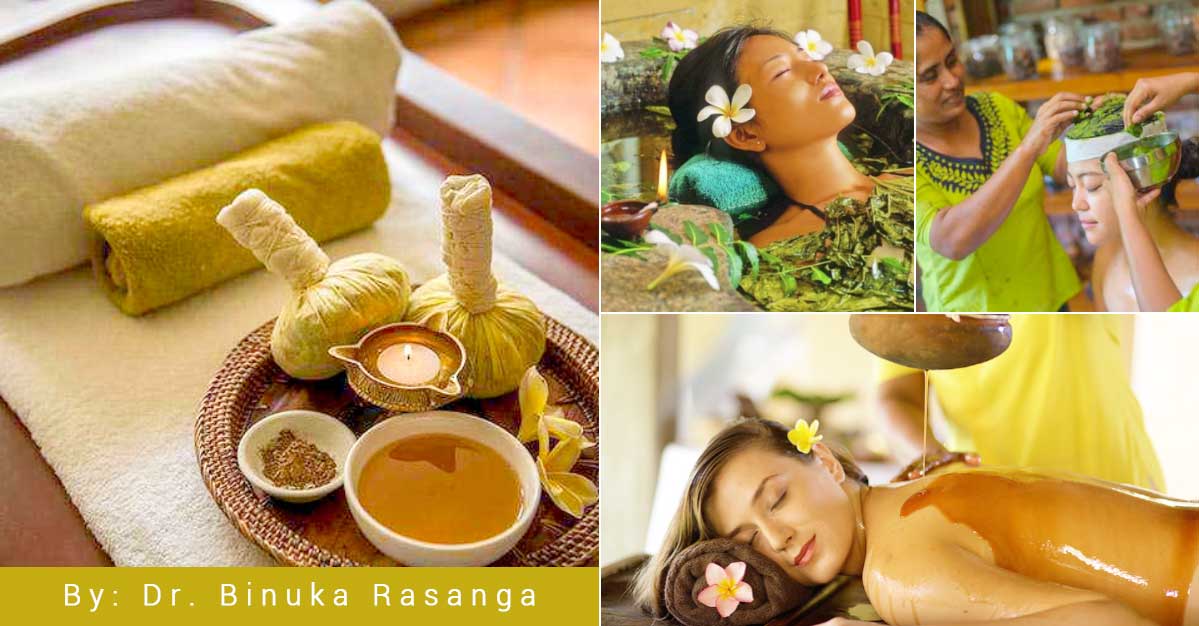
However, due to repeated dietary indiscretions, poor exercise, lifestyle, genetic predisposition, digestive system digestive enzymes, metabolic co-factors, human hormones, and "agnis" which regulate the body’s internal homeostasis become disorganized, distribute toxins through the entire physiology resulting in illnesses. This waste matter is called ama in Ayurveda. Ama is a foul-smelling, sticky, harmful substance that needs to be completely evacuated from the body.
Panchakarma will eliminate the harmful ama out of your system through the body’s organs and channels of elimination (colon, sweat glands, lungs, bladder, urinary tract, stomach, intestines, etc). Also, this method of detoxification removes the cause of illness and gives a healing experience, correcting the imbalance of the 3 bio-energies of Vata, Pitta, and Kapha. This enhances the patient’s sense of well-being also helps the body’s defenses to fight different illnesses. Cleansing of the body, elimination of toxins, opening up of blocked channels, improving digestive fire, speeding up metabolism, reducing weight, relaxing the mind, and boosting immunity are the benefits of this process.
1: The thick layer of coating on the tongue. 2: Tired throughout the day, especially after meals. 3: Body aches and pains. 4: Uncontrollable cravings. 5: Foggy mind. 6: Bad smelling breath. 7: Constipation or diarrhoea.
Poorwa karma means ‘before’ karma. This stage includes steam and massages with specific oils. Before the main specific treatment, Poorva Karma should be done around five, seven, or ten days, Poorva Karma is classified into two types:
This is the process of oleation of the body, carried out by applying medicated oils and ghee in 2 different ways:
1: Internally (administering small doses of ghee or medicated oils internally)
2: Externally (different treatments using oil externally)
The term Sweda means ‘sweat’. This procedure used to induce sweating, usually, this procedure is done after going through oleation therapy.
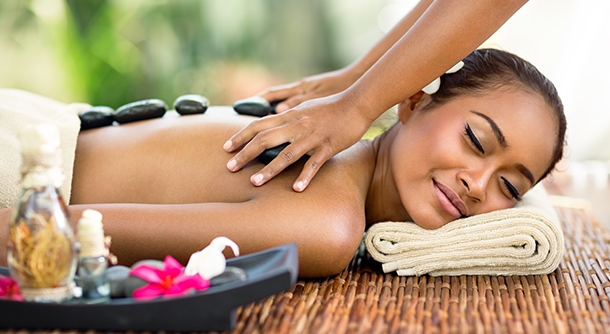
The range of Ayurveda detoxification therapies includes herbal oil massage or heat treatments, this is the elimination program to cleanse the body internally. It will vary from person to person depending on their body type. One of the most important detoxification procedures is the massage with warm herbal oil. Warm oil massage and sweat therapies increase the circulation of blood and prepare the body to eliminate the toxic residuals from their tissues and vessels without damaging underlying tissues. The massage is the best Ayurveda treatment for anxiety, insomnia, hypertension, paralysis, senile dementia, and other neurological disorders. The body must become receptive to absorbing healing properties and assimilate when accumulated wastes and toxins are eliminated.
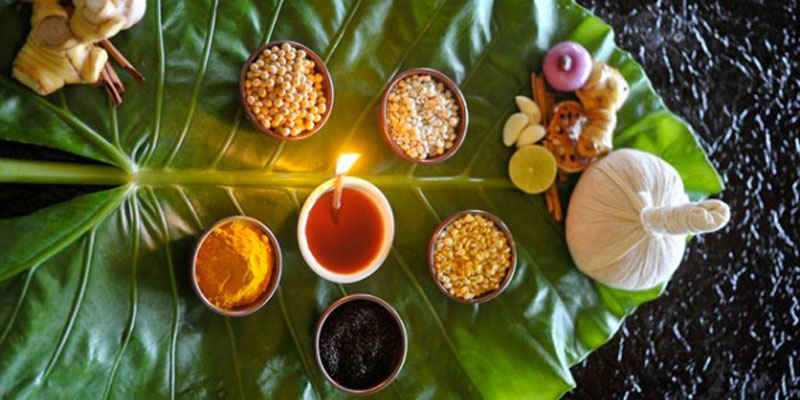
The main treatment containing the 5 cleansing procedures mentioned below,
1: Vamana: (therapeutic vomiting) 2: Virechan: purgation 3: Vasti: (basthi) 4: Nasya: (elimination of toxins through the nose.) 5: Rakta Moksha: (detoxification of the blood.)
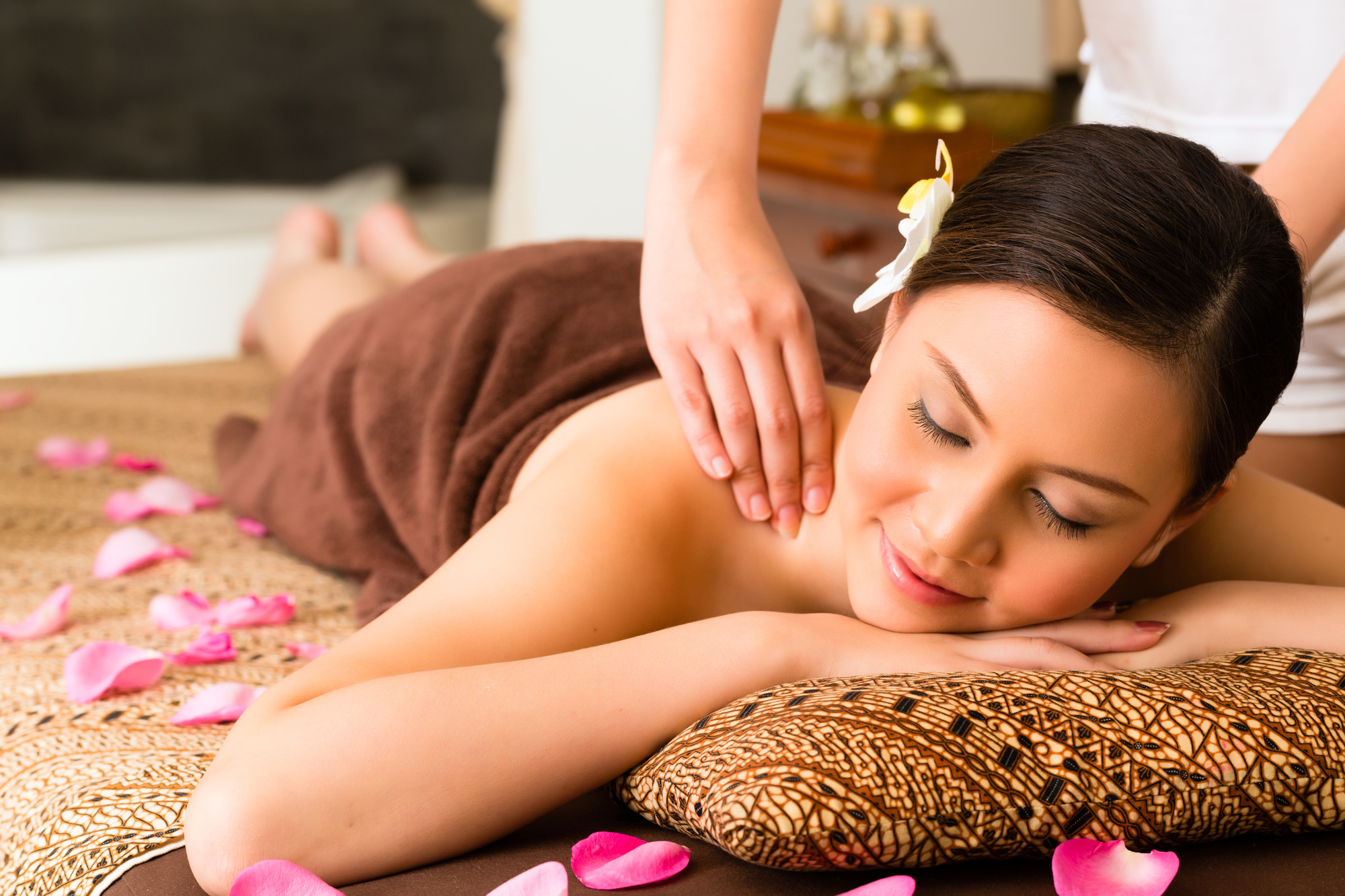
Vamana is the first Pradhana Karma procedure. It is something like vomiting but different from vomiting. When there is congestion in the lungs causing bronchitis, colds, cough, or asthma, the Ayurvedic treatment is therapeutic vomiting, Vamana cleanses Kapha toxins collected in the body. Often this also releases repressed emotions that have been held in the Kapha areas of the lungs and stomach, along with the accumulated dosha. Once the mucus is released, the patient will feel instantly relieved. Also, wheezing and breathlessness will disappear. Therapeutic vomiting is also indicated in chronic asthma, diabetes, chronic cold, lymphatic congestion, chronic indigestion and oedema.
After the Vamana treatment, the person should feel the relaxation in the lungs, it will be able to breathe freely, also feel lightness in the chest, clear thinking, a clear voice, a good appetite, Sweet taste in the mouth are the benefits of the Vamana treatment.
It should be controlled vomiting. Vomiting is expected to run for a defined amount of time and should be planned to stop.
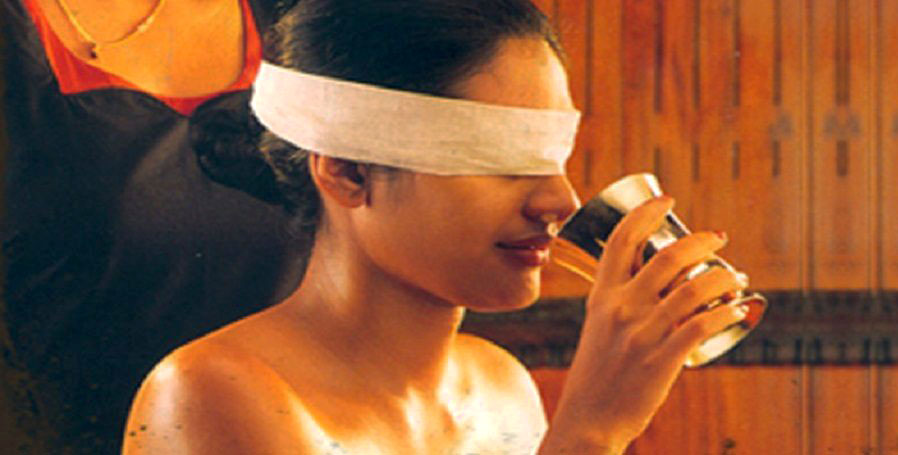
Virechana is known as therapeutic purgation. Pitta dosha is removed from the body system. Purgatives can completely cure the problem of excess pitta. When purgatives are used, the patient should eat a balanced diet as supervise by the Doctor. Virechana is indicated in the following diseases: Acid dyspepsia, Acute gastritis, Anaemia, Arthritis, burning in the eyes, Worm infestation, and skin problems, also it will help to lightness in the body and increase appetite.
The patient is given internal and external oleation therapies and then the herbal laxative to evacuate and eliminate the toxins in the bowels.
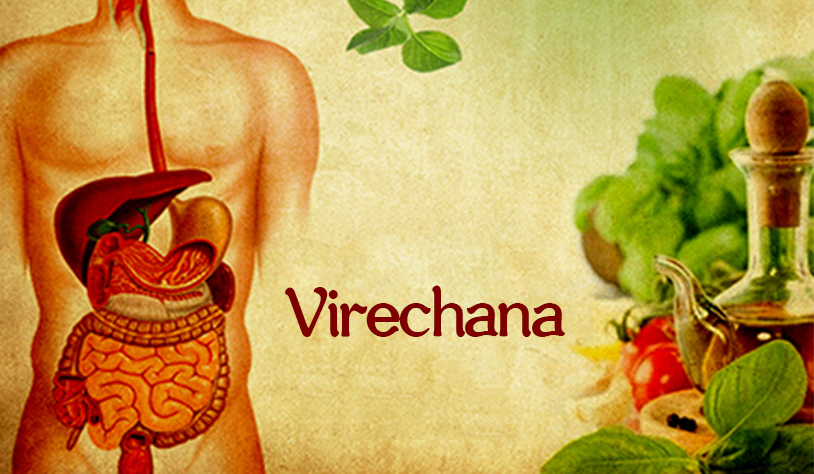
Vasti is known as a medicated enema. Vata is a very active principle in pathogenesis (disease). Vata is the main etiological (causal) factor in the manifestation of diseases. The medication directly affects "Asthi Dhatu". Therefore, medications are delivered into the deeper tissues and correct Vata disorders.
Medicated liquids and oils are the products normally uses for Vasti. The therapeutic liquids and oils are being pushed through the anus or vaginal canal and this method is effective for expelling body toxins. After the discharge, a person is given a medicated bath and specially made rice pudding with milk & sugar

The nose is directly connected to the brain and it can affect consciousness. Nasna therapy is a process whereby the required medication is administered through the nostrils. Breathing also can be improved through nasal massage. This treatment will help to open the emotions. The emotions that are blocked in the respiratory tract will be released. In this way, breathing patterns will change as the emotions are released and the eyesight also will improve. Nasya is very effective in the treatment for headaches, convulsions, loss of memory, and reduced sensory perception, migraine headaches, convulsions, and certain eye and ear problems.
Nasna therapy is a process the drug (herbal oils and liquid medicines) is administered through the nostrils. For this treatment, the little finger is dipped into ghee and inserted into the nose. The inner walls of the nose are slowly massaged, going as deeply as possible.
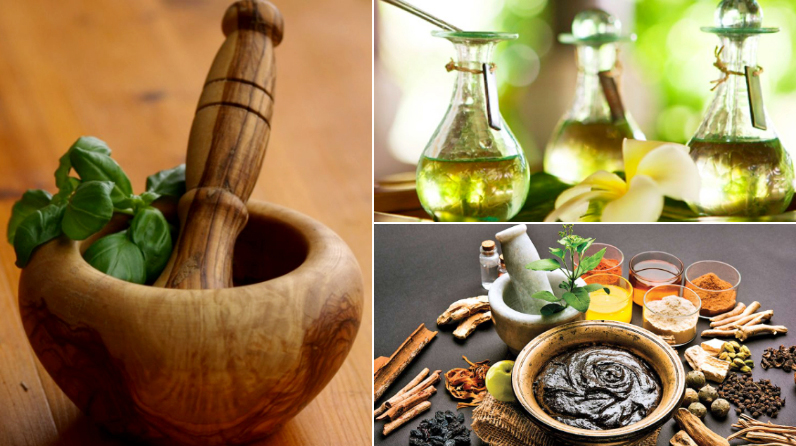
Rakta Moksha is known as Therapeutic bloodletting. Rakta Moksha is an important purifying process to eliminate excess Pitta from the blood. Pitta is produced from the disintegrated red blood cells in the liver. So pitta and blood have a very close relationship. An increase in pitta may go into the blood causing toxicity. This includes repeated attacks of skin disorders such as urticaria, rashes, herpes, eczema, acne, scabies, leukoderma, chronic itching, or hives. In such conditions, along with internal medication, elimination of the toxins and purification of the blood is necessary. Rakta Moksha is also indicated for cases of an enlarged liver.
It is performed to eliminate the toxins from the bloodstream through the gastrointestinal tract. A small amount of venous blood is extracted by using either a sharp instrument or specialized equipment or Gourd leech.
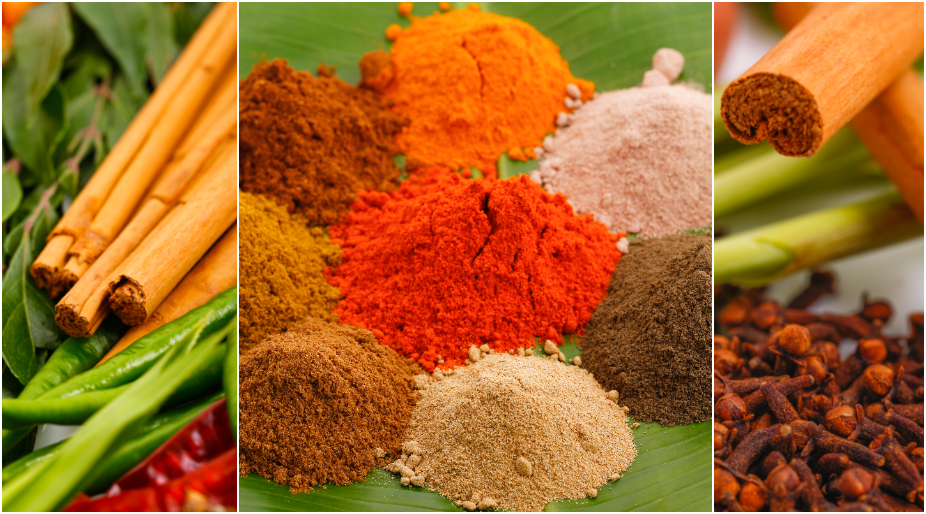
This is taken after the main treatment, medicine & follow-up therapies that include diet, medication & daily routine. After the toxins have been effectively eliminated, patient-specific diet regimens, controlled physical effort, and health-promoting natural herbal remedies will be recommended. This will enhance the successful effects of the two previous stages of Panchakarma treatments.
